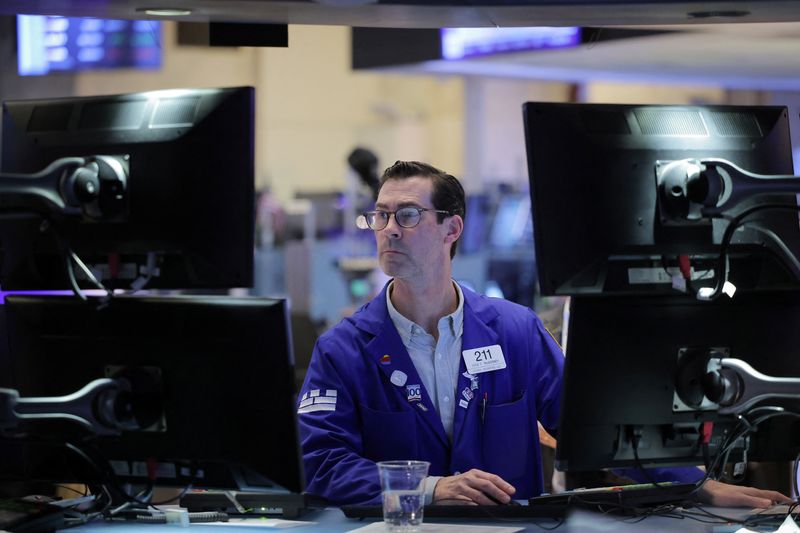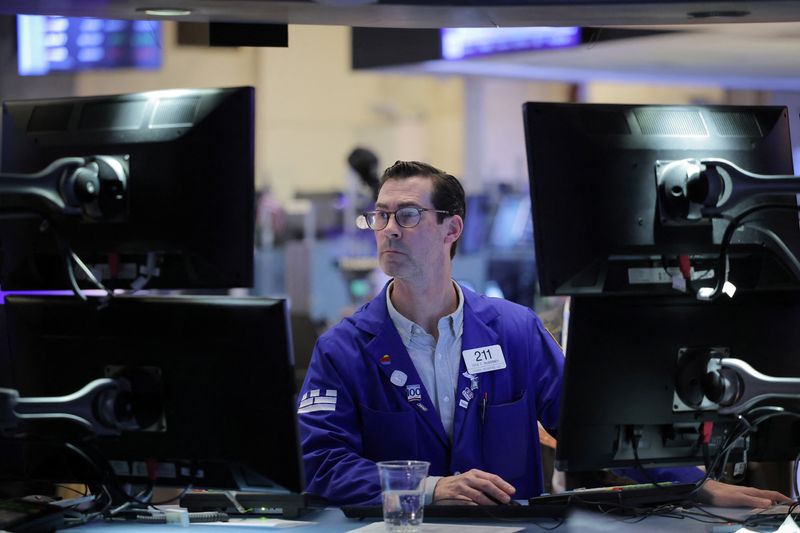
Investing.com – While US Treasury yields are expected to fall over the rest of 2025, the yield curve could nonetheless continue to steepen, according to analysts at Capital Economics.
Benchmark 10-year US government bond yields recently touched multi-month highs as investors fretted over the outlook for potential Federal Reserve interest rate cuts this year.
After slashing borrowing costs by a full percentage point in 2024, policymakers have signaled that they will take a careful approach to future drawdowns, especially as uncertainty looms over the policies of the incoming administration of President-elect Donald Trump. Economists have warned that Trump’s plans, particularly his threat to impose sweeping import tariffs on allies and adversaries alike, could place renewed upward pressure on inflation — and subsequently bolster the case for the Fed to roll out more rate cuts slowly, if at all.
But these worries were somewhat assuaged on Wednesday thanks to the December reading of consumer price growth. The data showed that while headline consumer prices in the US rose as expected in December, the underlying measure stripping out volatile items like food and fuel had increased at a slower-than-anticipated rate.
Bets that the Fed would opt to roll out a couple of rate cuts by the end of the year were boosted after the publication of the figures on Wednesday, and remained in play despite other solid economic indicators later in the week.
Treasury yields, which tend to move inversely to prices, dropped in response.
“The sell-off in Treasury yields has gone into reverse in the back half of this week,” the Capital Economics analysts said in a note to clients on Friday.
But they noted the trend was concentrated mainly at the long-end of the yield curve. This has led to a “significant” steepening in the curve, the analysts said, adding that this “suggests to us that near-term expectations for monetary policy — which in principle should directly affect the yields of short-dated bonds — haven’t been in the driver’s seat lately.”
This so-called “bear steepening”, in which long-end yields rise by more than short-end ones, has left the bond market in a “bit of an unusual place” compared to previous Fed easing cycles.
They argued that the next moves in bonds could be determined by two key questions: What was causing long-end yields to rise so sharply in the first place, and how likely is it to resume?
One possible explanation could revolve rising Treasury term premia — the compensation investors require for bearing the risk that interest rates may shift over the life of a bond — as investors gear up for potential volatility during the Trump administration, the analysts said.
Still, while they flagged that much seems to depend on how Trump’s policies progress over the next few years, “all signs seem, to us, to point to slightly lower yields.”
Their forecast is for the 10-year Treasury yield to end 2025 at 4.50%, about 10 basis points below its current level, while the declines at the front-end of the curve are seen being “more pronounced.”

